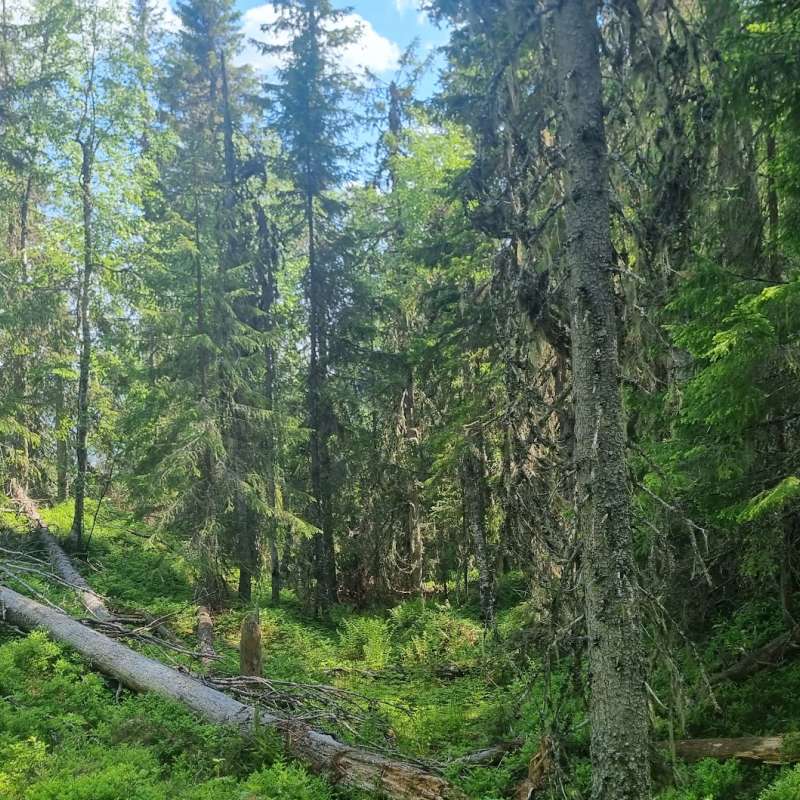Eivind Handegard
Forsker
Biografi
Min forskning dreier seg rundt Miljøregistrering i Skog og det å bruke bevaringsbiologi for å gjøre det mulig for forvaltere å ta informerte beslutninger. Derfor innebærer en betydelig del av arbeidet mitt å ta opp anvendte økologiske utfordringer. Jeg er spesielt interessert hvordan tid påvirker beta-diversitet, både i kulturskogen og i den eldre skogen. Arbeidet mitt har vært rettet mot betydningen av skogens alder og metoder for å identifisere gamle trær.
Sammendrag
Det er ikke registrert sammendrag
Sammendrag
Det er ikke registrert sammendrag
Til dokument
Forfattere
Eivind Handegard Ivar Gjerde Rune Halvorsen Robert John Lewis Ken Olaf Storaunet Magne Sætersdal Olav SkarpaasSammendrag
Det er ikke registrert sammendrag

